“What am I going to teach today?” How to narrow your options for maximum impact

I was amused to discover that the word priority came into the English language in the 1400s and meant “the very first or prior thing.” It stayed singular until the 1900s when we started to talk about priorities (plural) as if we could have multiple first things. If my list of priorities is 10 items long, it is no longer the first thing but just a bullet list of items.
When we set out to design a yoga class, we need to be very clear about what our priority is. Is it just to “sweat them good”, or do we want our students to experience some sort of impact on their physical body, their energy, or their mental state? If you want your practice to have an impact, then the next step would be to narrow down the options from what’s possible to what is most appropriate.
If you simply ask yourself before a yoga class, “What am I going to teach today?” it is similar to typing “yoga class” into the Google search engine – you will get millions of results that you would have to sort through. That is neither efficient nor useful. It makes more sense to narrow the results significantly by asking yourself three basic questions:
1. What do I feel deeply inspired by right now?
2. What do I have experience with (practicing or teaching)?
3. What meets a significant need that my students have?
For example, let’s say you are particularly inspired by the Gayatri mantra right now – you like the idea of greeting the sun, bringing the light into your life, and connecting to something greater than yourself. You chant your mantra, you do your practice, and it makes you feel great. This is your inspiration (your answer to question 1 above). If this has been your inspiration, you probably tried to approach this mantra from different angles: sometimes you do mostly Sun Salutations, other times you spend more time meditating, yet other times you focus on the ritualistic quality of the practice, etc. Experimenting with your practice like that gives you a better idea of what works best for different situations and purposes. This is your experience (your answer to question 2 above). Which aspects of the Gayatri practice do you think would be most relevant to your students (question 3)? To answer that question, you need to analyze your teaching situation from three standpoints: content, intention, and context. Doing that will move you from all possible options (image 1) to the vital few (image 2).
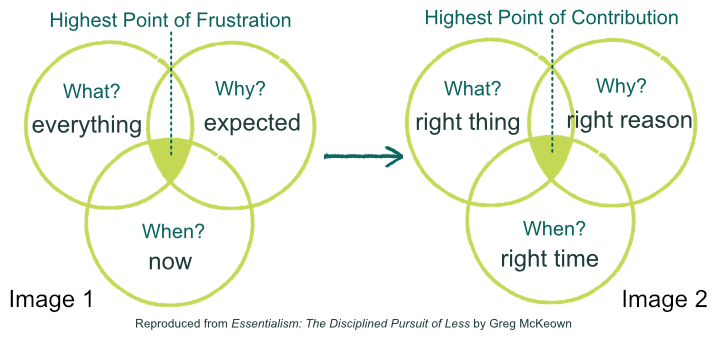
If you try to do everything right now because it’s expected, you will get frustrated (Image 1). But if you choose the right thing (content), do it for the right reason (intention), and at the right time (context), it will have the greatest impact on your students (Image 2). Let’s look at some options drawn from the Gayatri mantra.
- If your students sit a lot (context), they might benefit from actively moving the body through Surya Namaskar (content) to lubricate their joints and mobilize the spine (intention).
- If your students experience an afternoon dip in energy (context), they will benefit from the energizing aspect of the practice (intention) that you can accomplish by emphasizing back bends and augmenting them with deep inhalations (content).
- If your students feel cold and drab as a result of Seasonal Affective Disorder (context), they will benefit from the heating and brightening qualities of the practice (intention), which you can achieve by using stronger poses and including Surya Bhedana breathing practice (content).
- If your students appear to be distracted or bothered by something (context), you can focus on practices that help illuminate their current challenges by using the image of light, including actual candle gazing (content) to achieve better mental clarity (intention).
- If your students appear to be lost and/or adrift (context), you can emphasize connecting to the sun as the source of all life on this planet (intention) by using animal poses, breath as a vehicle for prana, and ritual to express gratitude to the sun (content).
From the perspective of yoga practice, we are looking for that sweet spot where context (which includes who your students are, where the practice takes place, what time of day you are teaching, etc.), content (right combination of yogic tools appropriate for your context) and intention (what you are trying to accomplish) come together.
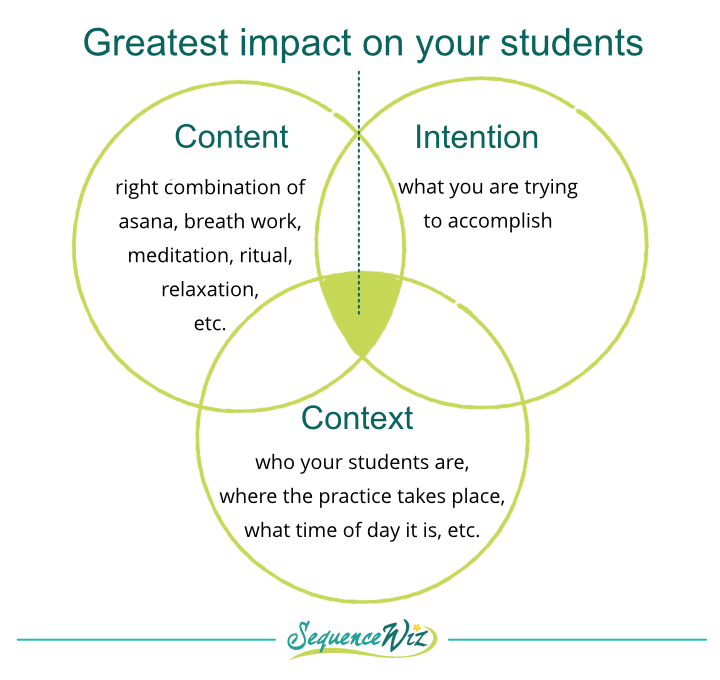
While the possibilities of Gayatri exploration are endless, when combined with your experience of what’s effective AND viewed through the lens of desired benefit for your students, it allows you to narrow things down and come up with a practice that is both connected to your source of inspiration AND is relevant and interesting to your students.
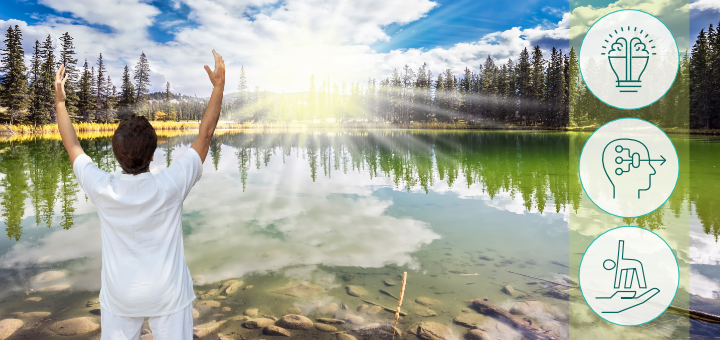
When we talk about designing effective yoga classes, we cannot limit our conversation to sequencing strategies, tool selection and application, and so on. It has to rest on the firm foundation of an inspired life.
Resources
- Essentialism: The Disciplined Pursuit of Less by Greg McKeown


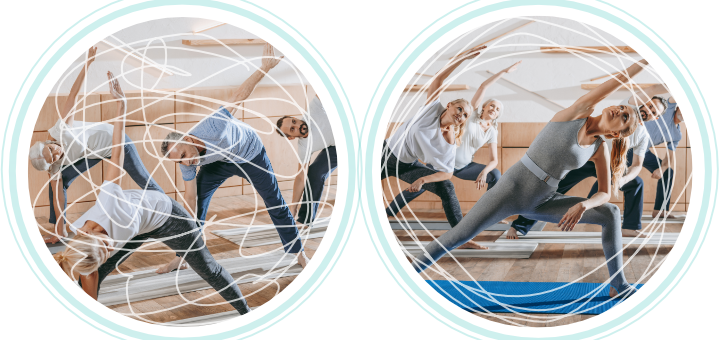



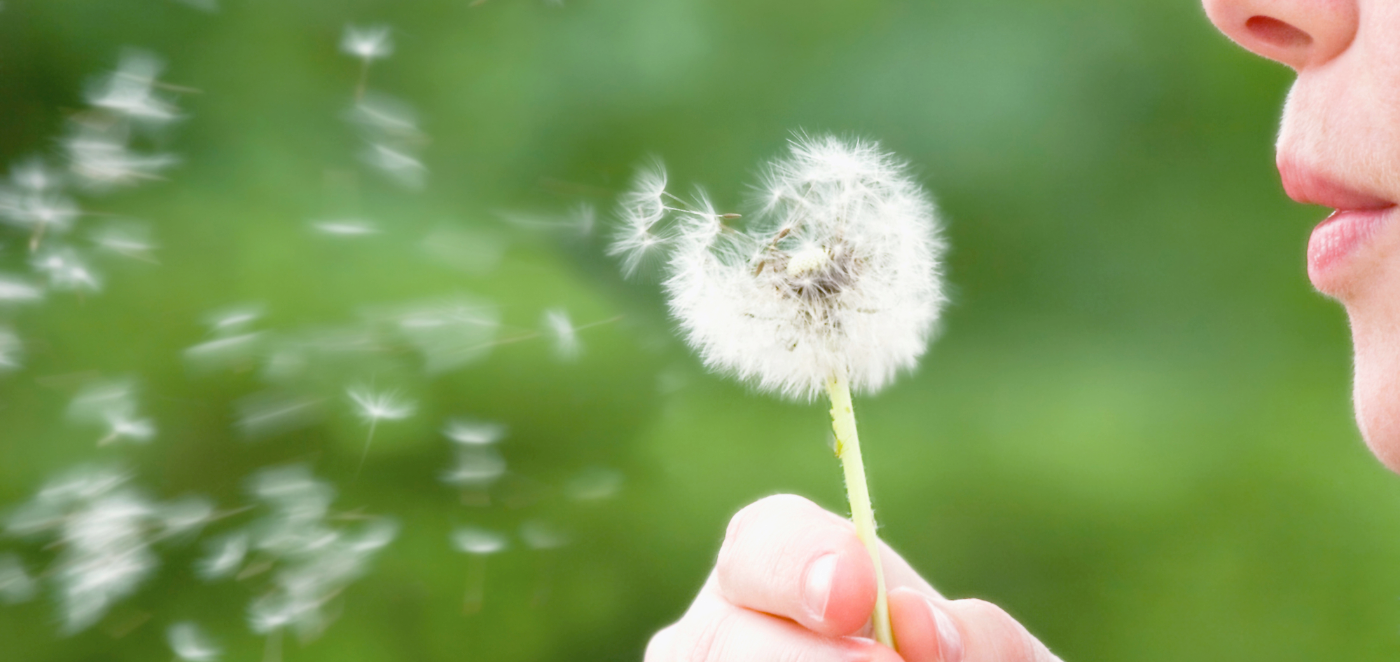


As always, I appreciate your perspective and clarity of presentation. This is something I struggle with regularly, so this series has been very timely and applicable for me to help narrow and focus my planning efforts.
Excellent article… and just at the right time for me! I m Always feeling that I need to do more … so Thank you Olga for simplifying ‘What am I going to teach today?’